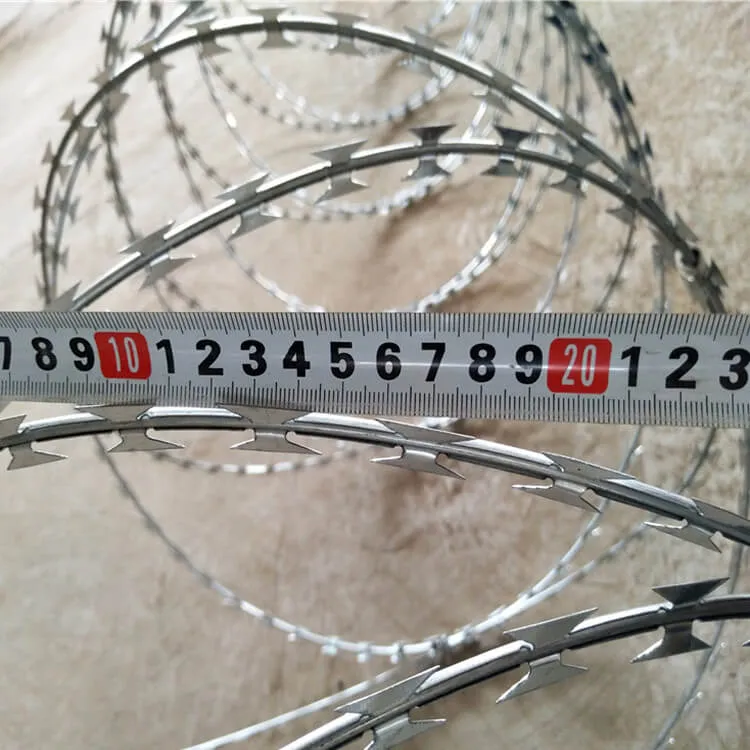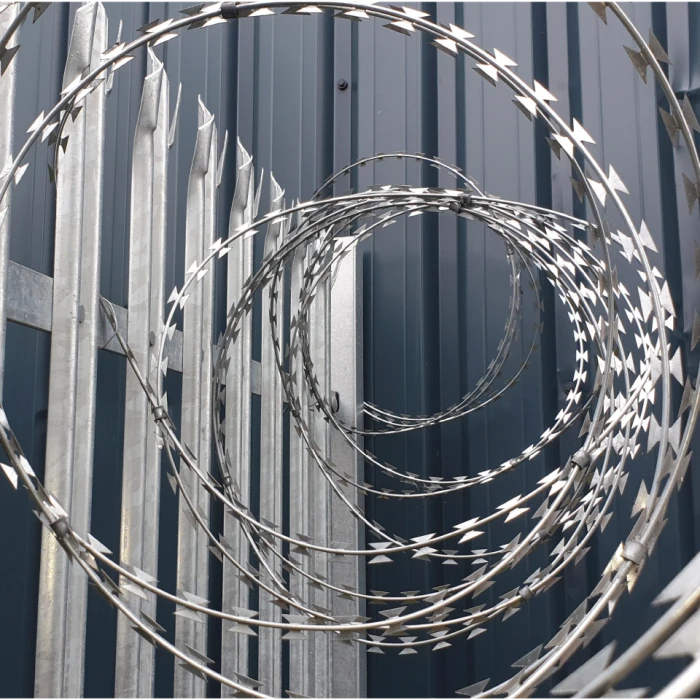Jan . 30, 2025 02:35 Back to list
trench drain grate


Another critical aspect is installation and maintenance. Poorly installed drain ditch covers have significant ramifications. Improperly aligned or secured covers can lead to noise issues, increased wear, and potential safety hazards. It is essential to work with certified installers who understand the manufacturer's guidelines and local regulations. Furthermore, regular inspections and cleaning schedules should be established. Clogged or damaged drain covers not only impede water flow but can also disrupt traffic and increase urban flooding risks. Beyond the technical considerations, sustainability is increasingly influencing client choices. Environmentally conscious customers seek options that prioritize sustainability without compromising on performance. Recycled materials and eco-friendly coatings are often sought for projects that aim to minimize carbon footprints. For instance, selecting covers with 100% recycled iron or HDPE can contribute to sustainability certifications for new constructions. Communication with suppliers is another area where expertise makes a significant difference. The supplier's reputation, after-sales support, and warranty conditions are essential factors to consider. A reliable supplier should provide comprehensive guidance on product selection based on site-specific needs. It ensures that projects run smoothly and effectively addresses any issues that arise during the product's lifespan. The journey through these technical, sustainability, and partnership aspects shows why expertise in selecting drain ditch covers is indispensable. It's not merely about covering a trench; it's about intelligently enhancing infrastructure and managing our most precious natural resource— water. An educated decision can significantly improve safety, efficiency, and environmental outcomes, setting the foundation for resilient and forward-thinking urban spaces.
Latest News
-
Brick Mesh Wall Solutions | Enhanced by GPT-4 Turbo Design
NewsAug.01,2025
-
Premium Anti-Climb Fence Spikes for Sale
NewsAug.01,2025
-
Premium Peach Post Fence | Durable & Stylish Security
NewsJul.31,2025
-
Best Galvanized Grating Price - Durable Galvanized Steel Grating Solutions
NewsJul.30,2025
-
0.5-4.0mm Wire 2×2 4×4 8×8 Hot Dipped Galvanized Welded Mesh Roll
NewsJul.30,2025
-
Metal Fence Pickets for Sale – Durable Galvanized & Steel Options
NewsJul.29,2025
Our company owns has excellent CAD steel grating drawing designers, who can provide customers with perfect steel grating layout design and better meet customers' special requirements for products. We have been adhering to it the business tenet of "quality first, customer first", with high-quality products, reasonable prices, and the fastest delivery time, we wholeheartedly provide customers with a full range of services! Welcome new and old customers to cooperate sincerely and create brilliance together!
Contact Us
WELCOME TO OUR COMPANY!
Thank you for your interest in our services! If you have any questions or wousld like to book a service, please don’t hesitate to contact us. Our team is dedicated to providing you with the highest level of service and support, and we are committed to working with you to make your event a success.

Service Email

Service Phone
Product Center
Contact Us
- Phone: +86 +86 15733154345
- E-mail: sales@chengsenchina.com
- Address: B1213 GLOBAL CENTER, NO.226 ZHONGHUA NORTH STREET, SHIJIAHUANG, CHINA


























